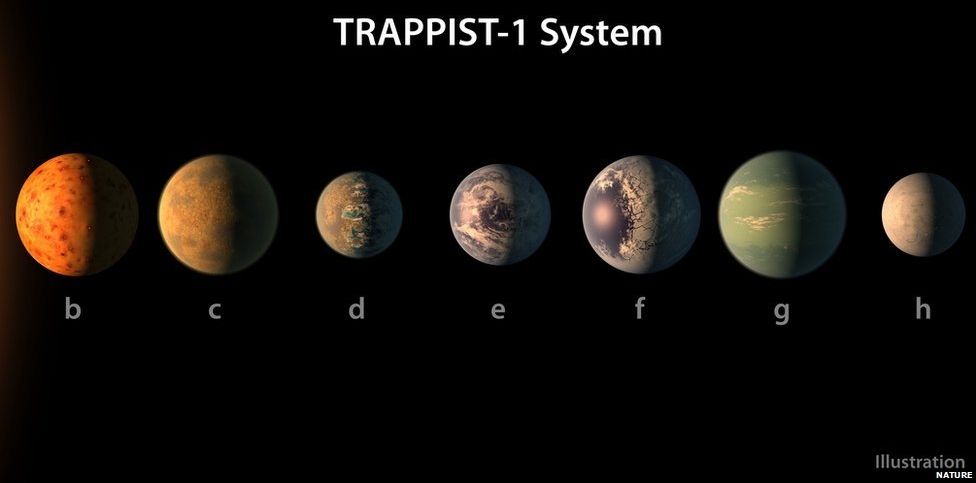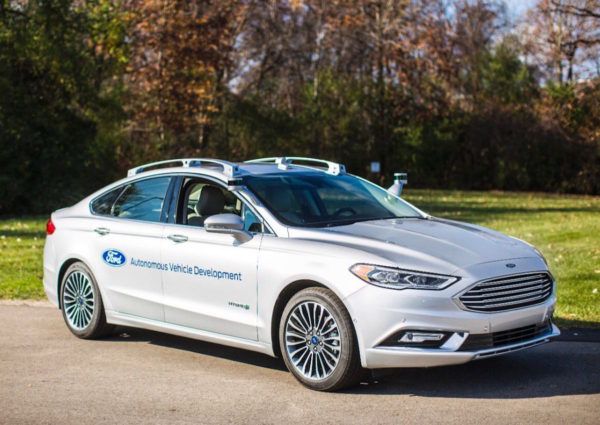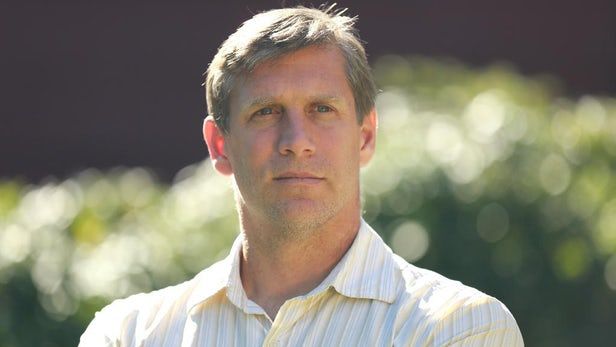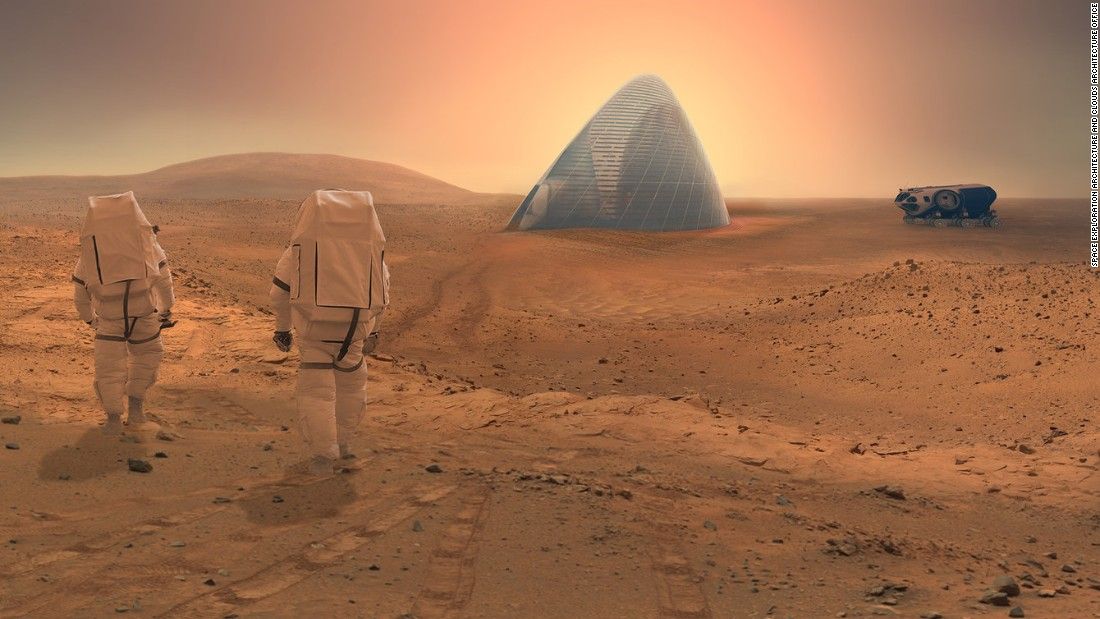Page 10514
Feb 22, 2017
Uber’s self-driving cars are now picking up passengers in Arizona
Posted by Dan Kummer in categories: robotics/AI, transportation
Almost two months to the day after Uber loaded its fleet of self-driving SUVs into the trailer of a self-driving truck and stormed off to Arizona in a self-driving huff, the company is preparing to launch its second experiment (if you don’t count the aborted San Francisco pilot) in autonomous ride-hailing.
What’s different is that this time, Uber has the blessing from Arizona’s top politician, Governor Doug Ducey, a Republican, who is expected to be “Rider Zero” on an autonomous trip along with Anthony Levandowski, VP of Uber’s Advanced Technologies Group. The Arizona pilot comes after California’s Department of Motor Vehicles revoked the registration of Uber’s 16 self-driving cars because the company refused to apply for the appropriate permits for testing autonomous cars.
Feb 22, 2017
Methuselah Foundation making progress to make 90 the new 50 by 2030
Posted by Dan Kummer in categories: bioengineering, biotech/medical, life extension
Donate to the Methuselah Foundation here at this link
Methuselah Foundation reviewed the progress they made over the past year. Much of what you’ll read in this year in review letter is very late-breaking, and leads us to believe that 2017 will be a very important year in medical developments. 2016 took us a broad step closer to fulfilling our mission statement to “Make 90 the New 50, by 2030”. Why can we say that? For starters, let’s look at several achievements to date that made this year so successful:
Continue reading “Methuselah Foundation making progress to make 90 the new 50 by 2030” »
Feb 22, 2017
A DARPA Perspective on Artificial Intelligence
Posted by Dan Kummer in categories: innovation, robotics/AI
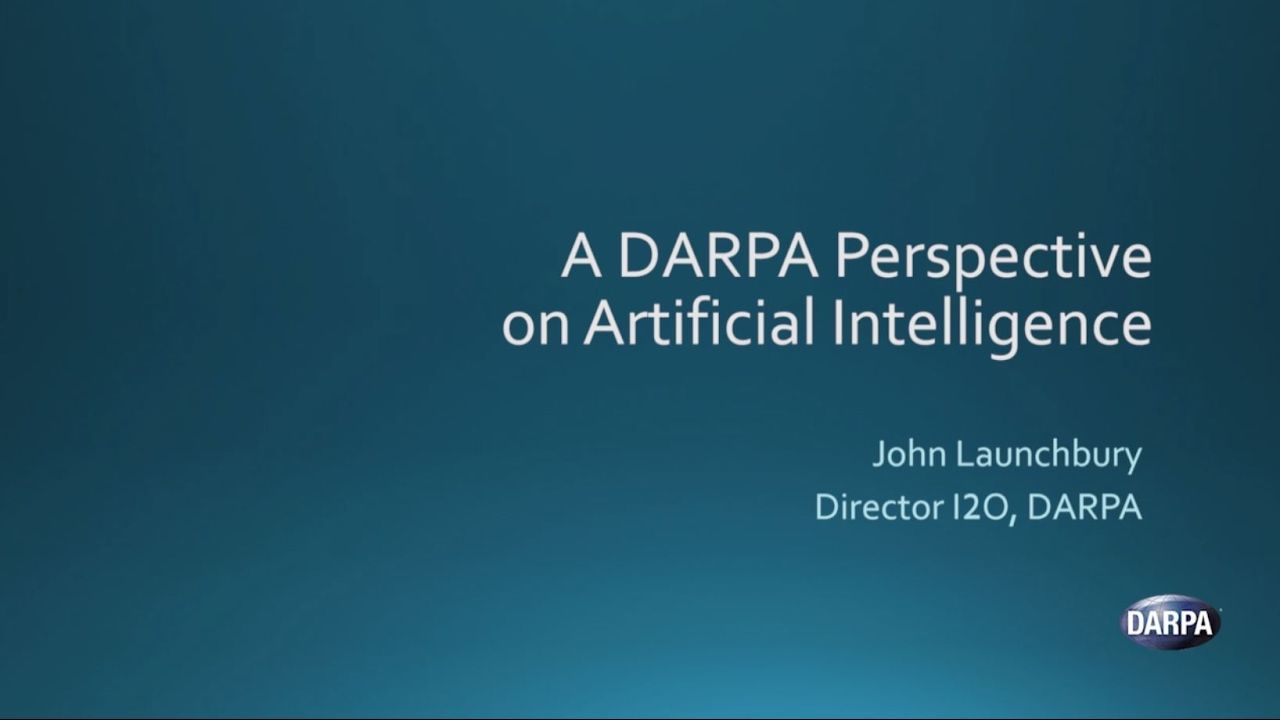
What’s the ground truth on artificial intelligence (AI)? In this video, John Launchbury, the Director of DARPA’s Information Innovation Office (I2O), attempts to demystify AI–what it can do, what it can’t do, and where it is headed. Through a discussion of the “three waves of AI” and the capabilities required for AI to reach its full potential, John provides analytical context to help understand the roles AI already has played, does play now, and could play in the future.
Download the slides at: http://www.darpa.mil/about-us/darpa-perspective-on-ai
Feb 22, 2017
Seven Earth-Like Planets Have Been Spotted Around a Nearby Star
Posted by Dan Kummer in category: alien life
And all of them are in the temperate zone.
In late 2015, in the Chilean desert, astronomers pointed a telescope at a faint, nearby star known as a red dwarf. Amid the star’s dim infrared glow, they spotted periodic dips, a telltale sign that something was passing in front of it, blocking its light every so often. Last summer, the astronomers concluded the mysterious dimming came from three Earth-like planets—and that they were orbiting in the star’s temperate zone, where temperatures are not too hot, and not too cold, but just right for liquid water, and maybe even life.
This was an important find. Scientists for years had focused on stars like our sun in their search for potentially habitable planets outside our solar system. Red dwarfs, smaller and cooler than the sun, were thought to create inhospitable conditions. They’re also harder to see, detectable by infrared rather than visible light. But the astronomers aimed hundreds of hours worth of observations at this dwarf, known as TRAPPIST-1 anyway, using ground-based telescopes around the world and NASA’s Spitzer Space Telescope.
Continue reading “Seven Earth-Like Planets Have Been Spotted Around a Nearby Star” »
Astronomers have discovered seven Earth-sized planets orbiting a single star — a record number.
Feb 22, 2017
Ford To Skip Level 3 Autonomy To Keep Sleepy Drivers Happy
Posted by Dan Kummer in categories: robotics/AI, transportation
Going straight to Level 5 may hurt Ford in the short-term, as competitors will be able to offer some self-driving functionality to customers that want it. However, the decision let’s Ford power on ahead with its driverless dream, which it aims to have on the road by 2021.
Ford plans to skip ‘Level 3’ autonomy and shoot right for Level 5, the highest level of car automation. The automaker decided to skip the midway point after it noticed a few of its engineers dozing while testing semi-autonomous vehicles.
Even with “bells, buzzers, warning lights, vibrating seats and steering wheels, and another engineer in the passenger seat” the engineers struggled to maintain situational awareness, according to Raj Nair, Ford’s chief product development officer.
Continue reading “Ford To Skip Level 3 Autonomy To Keep Sleepy Drivers Happy” »
Feb 22, 2017
Bioquark Inc. and SC21 Biotech to Collaborate on Novel Cellular Therapies for Long Term HIV Control
Posted by Ira S. Pastor in categories: bioengineering, biotech/medical, business, disruptive technology, DNA, genetics, health, science, sex
Orginal press: http://www.prweb.com/releases/2017/02/prweb14062199.htm
Bioquark, Inc., (http://www.bioquark.com) a life sciences company focused on the development of novel biologics for complex regeneration and disease reversion, and SC21 Biotech, (http://www.sc21bio.tech), a biotechnology company focused on translational therapeutic applications of autologous stem cell therapy, have announced a collaboration to focus on novel cellular reprogramming and production approaches for CCR5 Delta32 homozygous cord blood stem cells, for long-term control of HIV via transplantation.
“We are very excited about this collaboration with SC21 Biotech,” said Ira S. Pastor, CEO, Bioquark Inc. “The natural synergy of our cellular reprogramming tools and SC21 Biotech’s translational cell therapy experience, will make for a transformational opportunity in this area of HIV disease control.”

Tags: aids, anti-viral, bioquark, cure, health, hiv, stem cells, transplantation, wellness
Feb 22, 2017
Zoltan Istvan on transhumanism, politics and why the human body has to go
Posted by Zoltan Istvan in categories: biotech/medical, computing, genetics, geopolitics, law, neuroscience, transhumanism
A new and extensive interview I did at New Atlas, including ideas about my #libertarian California Governor run. Libertarianism has many good ideas, but two core concepts are the non-aggression principle (NAP) and protection of private property rights—both of which I believe can be philosophically applied to the human body (and the body’s inevitable transhuman destiny of overcoming disease and decay with science and technology):
Zoltan Istvan is a transhumanist, journalist, politician, writer and libertarian. He is also running for Governor of California for the Libertarian Party on a platform pushing science and technology to the forefront of political discourse. In recent years, the movement of transhumanism has moved from a niche collection of philosophical ideals and anarcho-punk gestures into a mainstream political movement. Istvan has become the popular face of this movement after running for president in 2016 on a dedicated transhumanist platform.
We caught up with Istvan to chat about how transhumanist ideals can translate into politics, how technology is going to change us as humans and the dangers in not keeping up with new innovations, such as genetic editing.
Continue reading “Zoltan Istvan on transhumanism, politics and why the human body has to go” »
Feb 22, 2017
A NASA-funded engineer’s plan to colonize Mars
Posted by Sean Brazell in categories: habitats, space
Forget the moon. The next giant leap for mankind could be building a habitat on Mars.
The fourth planet from the sun may be cold — Martian winters can reach -190 degrees Fahrenheit (−87 degrees Celsius) — full of deserts and lacking in oxygen, but for Behrokh Khoshnevis it’s humans’ next destination.
The pioneering professor in engineering at the University of Southern California has been working with NASA on the possibility of building a colony on Mars since 2011.
Continue reading “A NASA-funded engineer’s plan to colonize Mars” »




